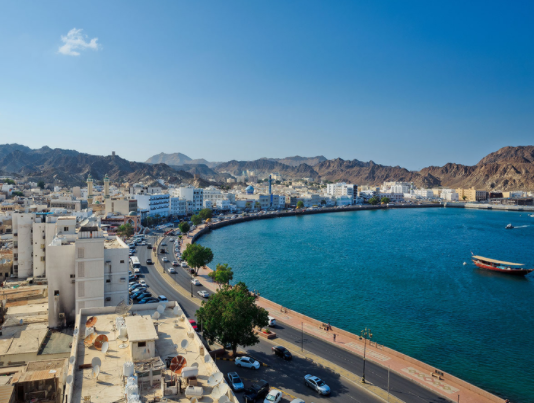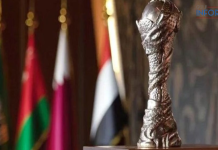Strong fiscal response to keep the economy resilient through the current cirisis
Dubai: Oman is making good progress in fiscal adjustment and in structural reforms that will help the economy withstand the impact of COVID-19 pandemic on the economy, according to the Institute of International Finance (IIF).
In response to the COVID crisis, Oman initiated a host of fiscal reforms as several ministries were re-organized or merged, with the aim of reducing spending. Other new measures include a 10 per cent reduction in spending on wages, defense, and transfers to public companies. The government intends to introduce a 5 per cent VAT and income tax in early 2021, which could generate around 2 per cent of GDP in additional non-hydrocarbon revenue.
Other reforms include privatization of state assets and enhancement of job opportunities for Omanis by reducing the number of expats and implementing job training programs. Oman still spends much more on public sector wages, defense, and capital expenditures compared to other GCC states.
“Oman’s government spending as a share of GDP is 43 per cent – much higher than most developing and emerging economies. Oman still has ample scope to scale back spending and raise the efficiency of public investment,” said Garbis Iradian, Chief Economist, MENA of the IIF.
The International Monetary Fund’s (IMF) recent Regional Economic Outlook has a forecast a 10 per cent contraction for Oman’s economy in 2020 with growth projected to return to positive territory only in 2022.
The IIF’s forecasts show the economic conditions in much more positive light with much lower fiscal deficits than the IMF’s. The IIF attribute it to Oman’s expected average crude oil export prices for this year is to be $4 per barrel higher than the Brent crude or IMF forecast; hydrocarbon production is likely to decline by only 2 per cent in 2020, as compared with the IMF’s projection of a decline of 12 per cent.
“Our projections are based on continued fiscal adjustment, including further cuts in spending and the introduction of a VAT in early 2021. Indeed, official figures for the first seven months of this year are consistent with our forecast, showing a deficit of OMR 5.24 billion, equivalent to 6.5 per cent of GDP,” said Iradian.
Funding deficits
Financing of the fiscal deficit this year has largely been met by borrowing from the domestic banking system, tapping Oman’s sovereign wealth fund, and some privatization of public assets. Bond issuance in US dollars has been limited this year, as compared with the past three years. On October 21, Oman raised $2 billion ($1.25 b 7-year bonds at 6.75 per cent and 0.75 b in 12-year bonds at 7.37 per cent) on the international market, the first bond sale since July 2019. The proceeds from the bond issuance are likely to be used to repay the $2 billion bridge loan (one-year loan) that was raised in August. The government also issued local development bonds worth $1.4billion. Official reserves remained broadly stable at around $17 billion in August 2020.
Financing needs will remain large. The high debt service schedule will maintain a large funding need from 2021 to 2025 We project the fiscal deficit and debt maturity on external debt together amounting to $8 billion in 2021.
“The fiscal deficit will narrow substantially beyond 2020, supported by cuts in spending and tax reforms. We are encouraged by the resumption of fiscal consolidation despite the deep recession,” said Iradian.
Peg to remain intact
The IIF expects that the peg of Omani riyal to the dollar will be maintained. The Omani authorities have recently reiterated their firm commitment to the peg, and we do not anticipate a change in the short term. The peg to the dollar is underpinned by sizable public foreign assets (official reserves of about $17 billion and SWF of $15 billion by end 2020).




